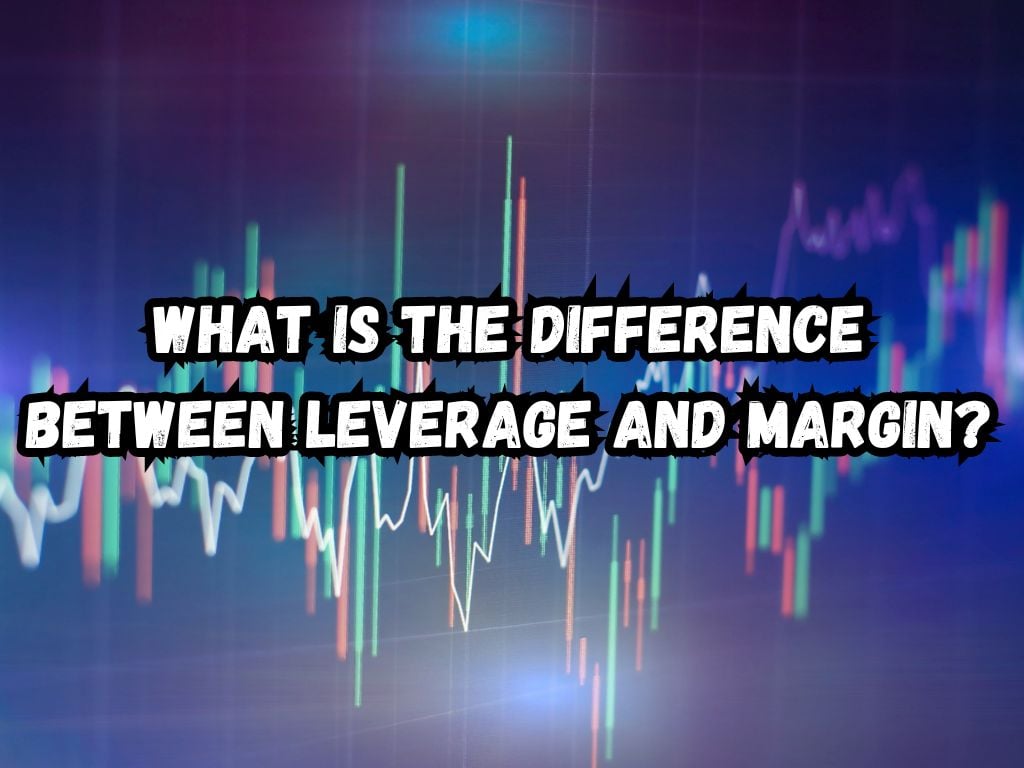In the world of finance, trading involves a complex landscape of strategies, one of which includes the fundamental concepts of leverage and margin.
These terms, though often used interchangeably, carry distinct meanings and implications for investors. That’s it becomes important to address this leverage vs margin topic in detail.
Their effective use can enhance trading performance, making a clear understanding vital for anyone looking to navigate the financial markets successfully.
Understanding Leverage
What Is Leverage?
Leverage is essentially the use of borrowed money to increase the potential return of an investment. Think of it as a tool that allows traders to amplify the size of their trades beyond the initial capital they possess.
How Leverage Works in Practice
Imagine leveraging your investment by a factor of ten. A 10% gain on the leveraged amount equates to a significant profit compared to trading with your original stake alone.
However, leverage is a double-edged sword. The same multiplier applies to losses, meaning a small decline in market value can lead to substantial losses.

The Pros and Cons of Using Leverage
Leverage’s main advantage lies in its ability to boost gains without necessitating a large capital outlay.
However, its drawback is equally significant; it can rapidly deplete your investment in the face of market downturns. The key to leveraging wisely lies in understanding and mitigating its inherent risks.
Mastering Margin
Understanding Margin in Trading
Margin refers to the initial investment required to open a position in the market. It’s essentially the equity a trader must provide to access leverage.
The Mechanics of Margin Trading
By providing a margin, traders can access funds to amplify their investment. For instance, with a $1,000 margin, you might leverage up to $10,000 in trades.
This system allows for considerable market exposure, but it’s crucial to remember that both potential profits and losses are magnified.
Benefits and Risks of Trading on Margin
Margin trading offers the enticing prospect of significant returns. However, it also poses the risk of considerable losses.
Since trades are leveraged, any market movement against your position can rapidly erode your initial investment, emphasizing the need for prudent risk management.
Leverage vs Margin: All The Core Differences Discussed
While both concepts relate to using borrowed funds to enhance trading potential, their roles in the trading process are unique.
The Role of Leverage in Trading
Leverage focuses on the degree to which an investor can amplify their market exposure and potentially increase gains. It’s a measure of borrowing power.
The Role of Margin in Trading
Margin represents the investor’s skin in the game—the initial investment required to open a leveraged position. It’s a safeguard for brokers, ensuring that traders have a stake in their trading activities.
Understanding when and how to utilize these tools effectively is crucial for crafting a balanced and potentially profitable trading strategy.

Practical Insights
Leveraging and margin trading, while offering avenues for substantial returns, also carry inherent risks that necessitate careful consideration.
Managing Risks
Effective risk management is paramount. Strategies include setting stop and limit orders, not allocating more than a sustainable portion of your portfolio to high-risk trades, and always being aware of the potential for loss.
Calculating Leverage and Margin
Prior to executing trades, a clear understanding of how much you’re leveraging your investment and the requisite margin is essential. Online calculators and trading platforms often provide tools to assist with these calculations.
Best Practices for Using Leverage and Margin
Utilizing leverage and margin requires a disciplined approach. Keeping leverage within reasonable limits and ensuring that margin trades don’t constitute an overly large portion of your portfolio can help manage risk.
Frequently Asked Questions
How is Leverage Calculated?
Leverage is typically expressed as a ratio, such as 1:10, indicating that for every $1 of your own money, you can control $10 in the market.
What is Margin in Trading?
Margin is the amount of capital required to open a leveraged trade. It’s a fraction of the total trade value, serving as collateral for the borrowed amount.
What are the Risks of Trading on Margin?
The primary risk is that losses can exceed your initial investment, requiring you to deposit additional funds to cover the shortfall. Understanding these risks is crucial before engaging in margin trading.
How Can You Manage Risks When Trading with Leverage and Margin?
Implementing risk management tactics such as diversification, setting stop-loss orders, and only using a portion of your portfolio for high-risk trades can help mitigate potential losses.
Conclusion
Navigating the concepts of leverage and margin is essential for anyone looking to make informed decisions in the financial markets.
By understanding the differences and implementing best practices, traders can leverage these tools to their advantage, maximizing gains while managing the inherent risks.
As with any trading strategy, knowledge, caution, and a well-thought-out plan are the keys to success.


 Tags:
Tags:










